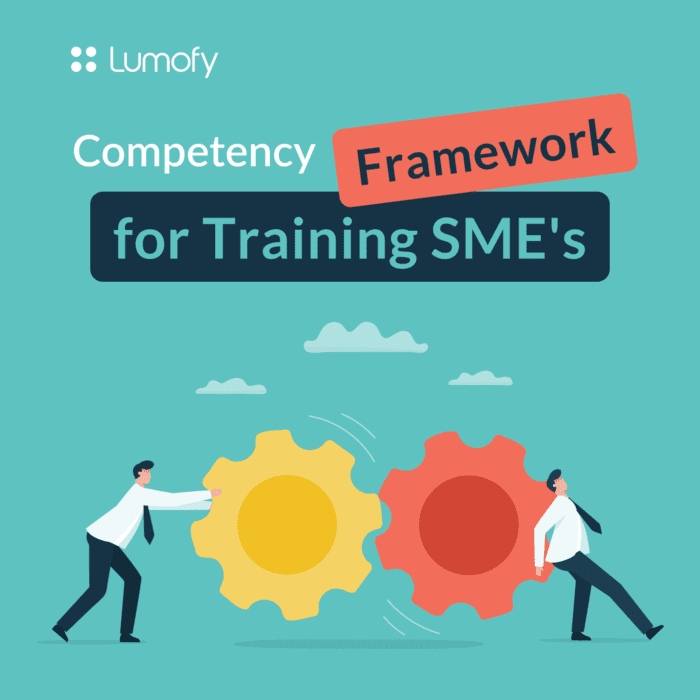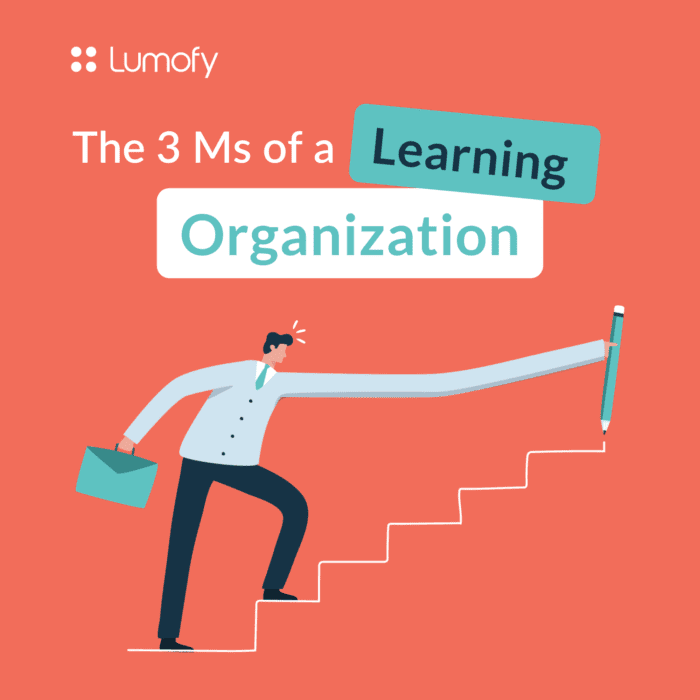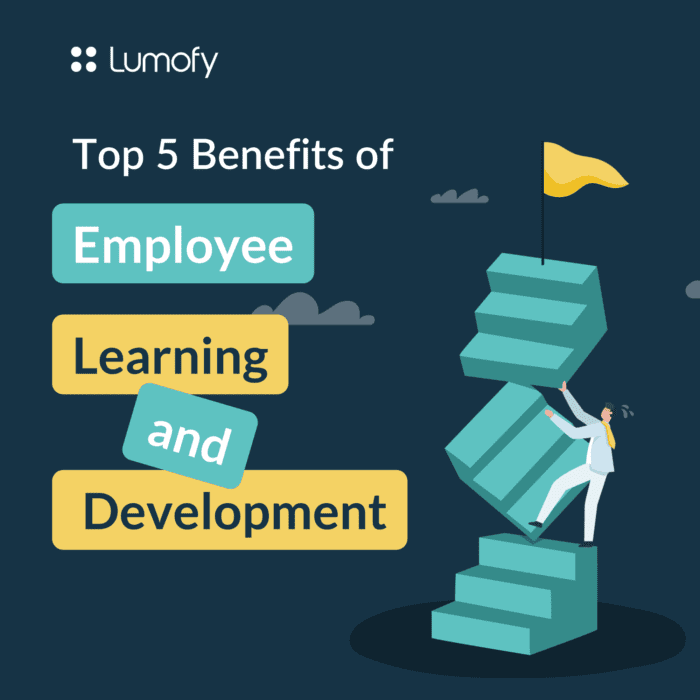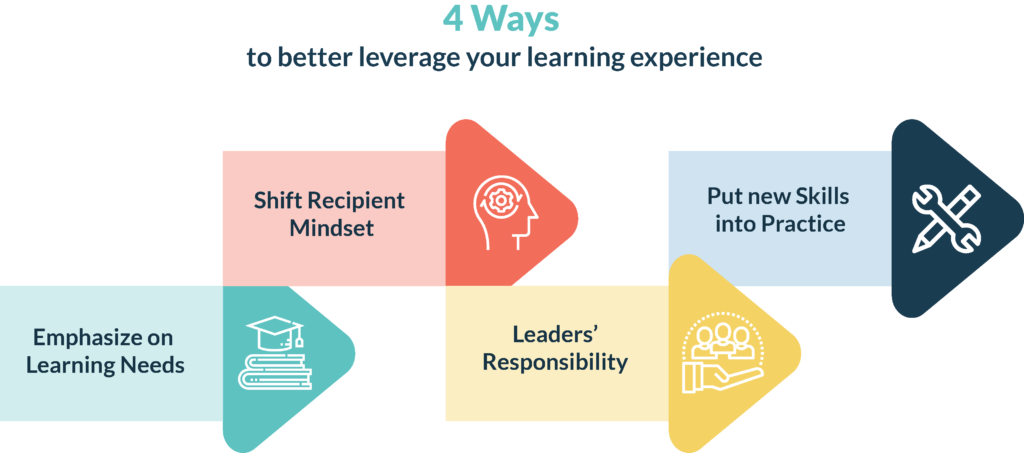Companies dedicate time, resources, and fortunes annually to deploy training sessions and a learning experience. They do this to stay relevant in the “fourth industrial revolution”. Fostering a mechanism to implement the learned skills in corporate performance is a major challenge that requires a thorough examination. A skilled workforce plays an important role in driving business outcomes. Therefore, companies must create better and more scalable measures to trigger implications.
One of the major improvements that companies shall redefine is not just a clear strategy that aligns with their master plan. Instead, it is the mindset of leaders’ and employees’ when choosing and/or attending training, and their environment afterward.
“I’m here because the company wants me to be here.” Or “Well, it’s good to be here; it’s nice to have a break from the real work.” These are some behaviors employees show, which might be a serious barrier to learning culture. Most companies measure learning outcomes by attendance and don’t mind hearing such skepticism.
To improve and sustain benefits for longer periods, companies can avert these flaws to a better outcome and move the needle in a more meaningful way with certain approaches.
4 Ways to Leverage Learning Experience
1. Emphasize learning needs
Communicate internally the required changes, justify the timing, and define employees’ roles. This will create credible ambassadors that put in the effort and understand how new skills will address business opportunities and challenges.
2. Shift recipient mindset
The learning experience might be practical. However, not all employees can apply what they learn. Therefore, companies should diagnose recipient mindsets, categorize them and find approaches to set the right expectations. Then, align each category with the new skill grids.
3. Leaders’ responsibility
Having meaningful support from relevant leaders in the company might ensure lessons stick when the learning experience ends. Also, having the Lumofy platform will help you discuss the learning content and its practicality. It also helps give and/or receive feedback and engage with them to serve as role models, which will reinforce the new behavior afterward.
4. Putting new skills into practice
Companies expect that employees will figure out how to incorporate new knowledge into day-to-day activities. To dispel this, companies are responsible to develop a multi-faceted roll-out plan that supplements their planned learning experiences with both formal and informal rewards, coaching, value links, and the use of cueing and reminders.
Lumofy believes that yielding the value of a learning experience is a responsibility that both the companies and their employees must share. We urge employees to consistently confront their ability to cultivate new skills and learn as they are considered the heartbeat of their companies and their biggest differentiator.
We also urge companies to focus on what happens in the workplace before and after employees have learning experiences. Companies must create a receptive mindset for the learning experience before it happens. They must ensure having a “supportive” environment afterward, which will dramatically enhance the business impact of their learning experience.


















